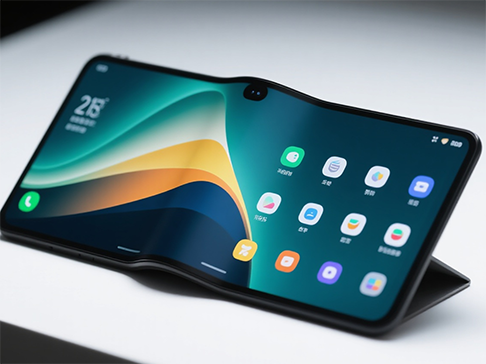Flexible OLEDs replace traditional glass substrates with bendable plastic substrates, enabling display panels to bend and flex. Thanks to their revolutionary material composition and dynamic structure, they have become the core display technology in smartphones, wearable devices, and automotive displays. Flexible OLEDs can bend, fold, and even roll up while maintaining high resolution and brightness.

Laser technology plays a crucial role in the manufacturing of flexible displays. Laser cutting, in particular, is one of the most challenging processes in both flexible display fabrication and module packaging. The laser controller is the key factor determining cutting precision, yield rate, and process consistency. Because flexible display materials are extremely thin, multilayered, and heat-sensitive, the laser control board must provide high precision, fast response, and intelligent process management.

A well-designed laser controller uses advanced algorithms to improve processing efficiency while avoiding problems such as edge burning and uneven cut surfaces. During flexible display cutting, issues such as cutting through upper layers while failing to penetrate lower ones, or misalignment of opening lines, can occur—leading to material waste and reduced yield. Therefore, when selecting a laser controller for flexible display cutting, it is essential to consider whether the laser controller can address pattern misalignment and multilayer cutting challenges.
In addition, a high-quality laser control board must offer excellent stability to ensure consistent and efficient production during flexible display processing.